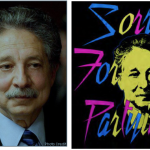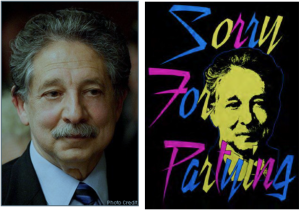American University’s Washington College of Law, along with other academic contributors, has launched the Code of Best Practices in Fair Use for Open Educational Resources (the Code). This forty-plus page report, the goal of which is to assist professors, teachers, librarians, and other educators in evaluating when and how they can incorporate third party copyright materials into Open Educational Resources (OER), is the culmination of workshops, interviews, and webinars conducted over a two year period from 2019 – 2020.
Within education, uncertainty and misunderstanding of copyright and fair use can lead to less than optimal choices of educational “inserts”, which includes a full range of resources and material from third-party sources that educators may wish to incorporate into OER. The Code is meant to provide guidance within this environment, not with strict lists of specific guidelines for fair use as it relates to OED inserts, e.g., specific percentages or word counts, but rather as an “analytical framework” for its users. When educators use this framework, they may be less constrained from strictly using materials from commercial publishers, in turn creating more impactful resources, in a variety of formats, for their students.
Announcement: Launch of the Code of Best Practices in Fair Use for Open Educational Resources




